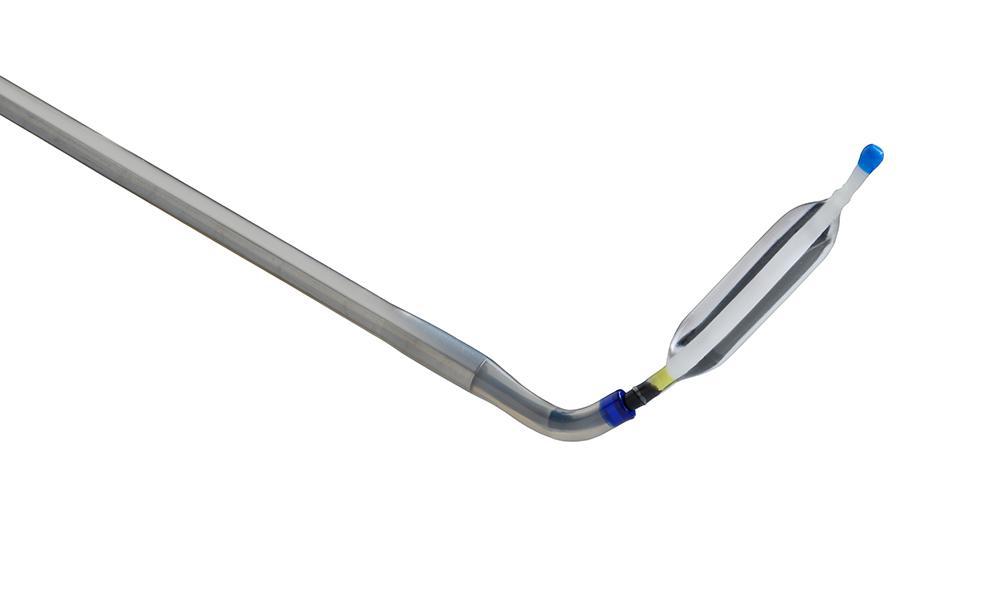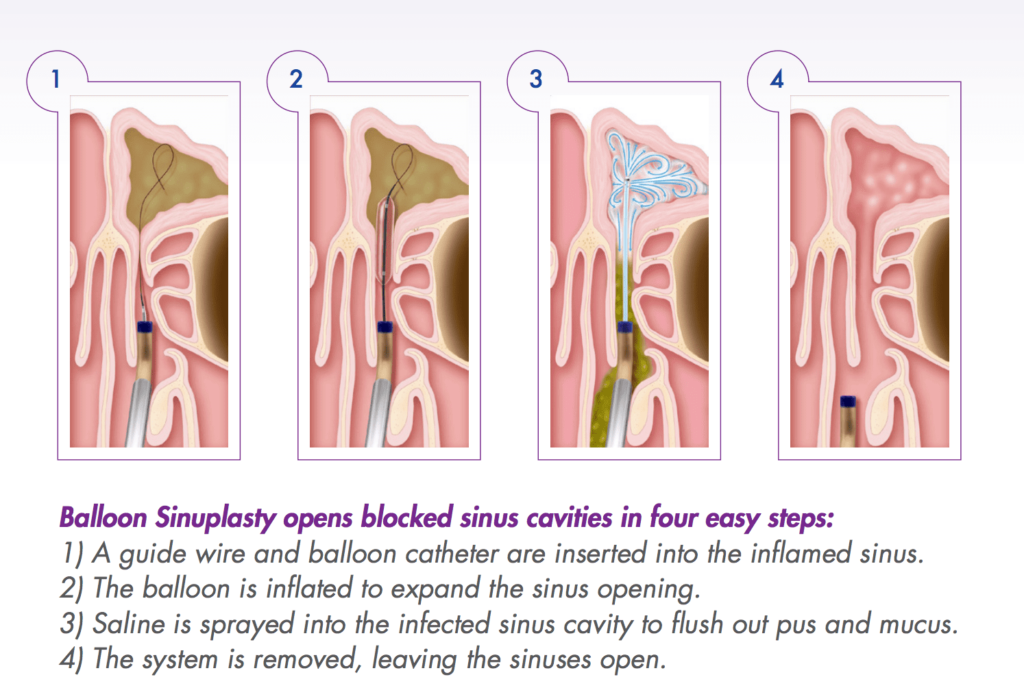
Eustachian tube dysfunction (ETD) is a medical issue happening in no less 1 % of the adult population. Patients experiencing ET dysfunction normally give grievances of hearing loss or sensation of pressure or plugged ear, which can prompt debilitated personal satisfaction. Viable therapeutic choices for ET dysfunction are available like Eustachian Tube Balloon Dilation.

Eustachian Tube Balloon Dilation Description
Balloon Sinuplasty is a breakthrough procedure that relieves the pain and pressure associated with chronic sinusitis. It is used by surgeons to safely and effectively treat chronic sinusitis patients who are not responding well to medications such as antibiotics, nasal steroids, or over-the-counter (OTC) drugs, and are seeking relief from uncomfortable and painful sinusitis symptoms. Similar to how angioplasty uses balloons to open blocked arteries, Balloon Sinuplasty, a system of catheter-based instruments, opens blocked sinuses.
The procedure is less invasive than traditional sinus surgery. It allows most patients to return to normal activities quickly within 48 Hours*.
Eustachian Tube Balloon Dilation Facts
Balloon Sinuplasty is performed under general anesthesia in an outpatient setting; however, some surgeons are choosing to treat certain patients in their office under local anesthesia. The reported complication rate for Balloon Sinuplasty is low. Patients who suffer from chronic sinusitis and are not responding well to medications may benefit from seeing an Ear, Nose, and Throat (ENT) physician who performs Balloon Sinuplasty to determine if the procedure is right for them.
Most insurance companies and Medicare provide coverage for Balloon Sinuplasty. Balloon Sinuplasty has been used to treat more than 510,000 patients, in over 560,000 procedures (over 88,000 procedures in the office) since receiving FDA clearance.

